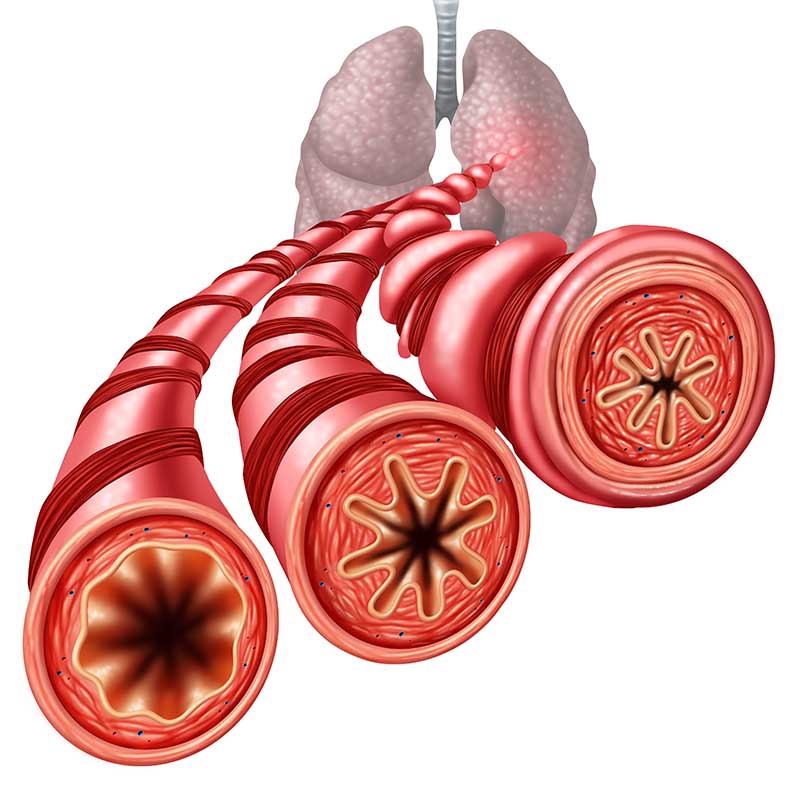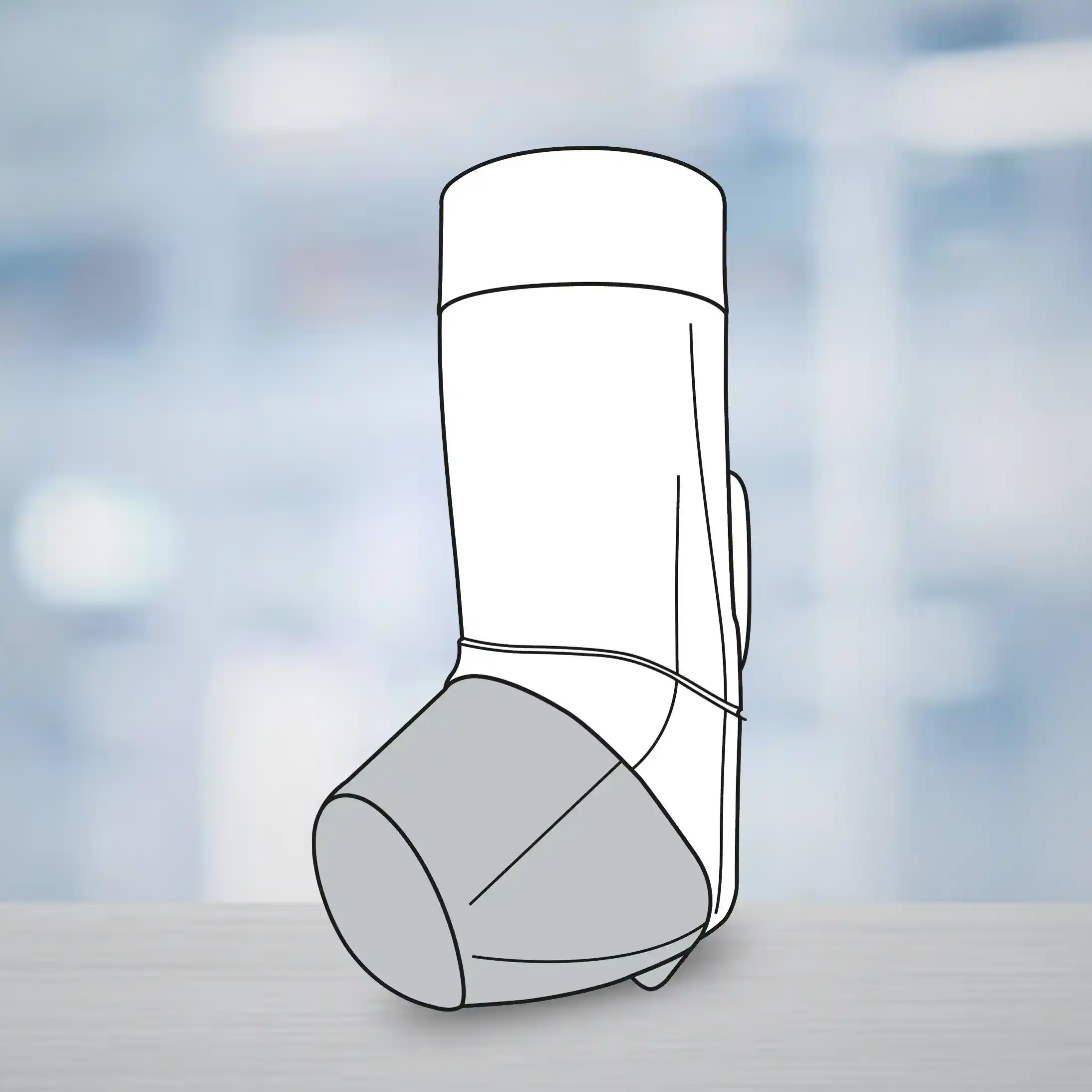Amantadine may Improve Axial Symptoms in PD Patients with STN Stimulation
12 May, 22
Introduction
Various axial symptoms such as speech, gait, and balance impairment frequently become unresponsive to levodopa in patients with advanced Parkinson's disease (PD). Moreover, these symptoms are difficult to manage, even in patients with subthalamic nucleus deep brain stimulation (STN-DBS). An observational study had demonstrated the effectiveness of amantadine in improving both residual and stimulation-induced axial symptoms after bilateral STN-DBS in one PD patient.
Aim
To evaluate the effects of amantadine on speech, gait and balance in PD patients with STN-DBS and incomplete axial benefit
Patient Profile
- Patients who had undergone STN-DBS surgery for advanced PD, and were experiencing disabling axial signs (i.e., speech, gait or balance problems) despite optimized stimulation parameters (including trials with low-frequency stimulation) and medical treatment (n=46)
Methods
Study Design
- A prospective, multicenter, observational study
Treatment Strategy
- Amantadine was initiated in a step-wise manner at a starting dose of 100 mg per os daily and up-titrated up to a maximum dose of 300 mg daily (depending on its efficacy and side effects) over a few weeks.
- Other antiparkinsonian medications and stimulation settings remained unchanged during the entire study
Outcomes
Primary Outcomes
- Changes in speech (UPDRS III, item 18)
- Changes in gait (item 29)
- Changes in postural stability (item 30)
Secondary Outcome
- The patients' subjective scoring of axial symptoms with amantadine compared to baseline
Follow-up
- 10.35 months
Results
- Of the 45 patients included in the study, the complete data was available for 32 patients. Majority of the patients (97.9%; n=45) had bilateral STN-DBS, and one patient (2.1%) had unilateral STN-DBS.
- Treatment with amantadine was initiated following the surgery for various issues such as speech, gait and balance problems. The mean daily dose of amantadine during the study was 273.44 mg.
- Follow-up visits mostly happened after 6-12 months of treatment initiation.
- Gait scores improved significantly in 14 (30.4%) patients with amantadine treatment in the study population (Fig. 1).
Fig. 1: Gait score before and after amantadine treatment
- Speech scores were improved after amantadine treatment.
- Thirty-five patients (76.1%) reported subjective improvement in either speech or gait and balance or both and thirty patients (65.2%) reported improvement in gait and balance while on treatment with amantadine. Seventeen patients (37%) reported improvement in speech, gait and balance.
- With respect to speech, amantadine treatment improved both stimulation-resistant and stimulation-induced dysarthria.
Conclusion
- This is the first study to report the beneficial effects of amantadine on residual and stimulation-induced axial signs of advanced PD with STN-DBS.
- Amantadine significantly improved the gait score in the study population.
Parkinsonism Relat Disord. 2013;19(3):316-9.
Related Topics









